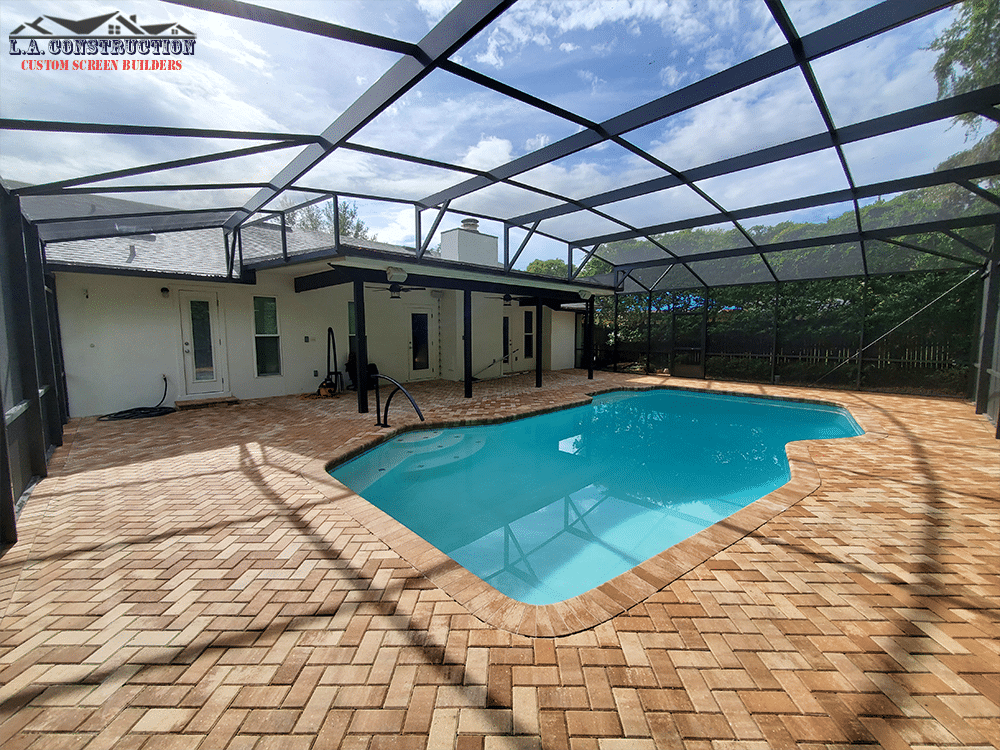When you’re faced with the aftermath of an injury, selecting the right Duluth personal injury attorney is essential to securing the compensation you deserve. You should evaluate their experience and specialization, ensuring they have a proven track record in cases similar to yours. Additionally, understanding their fee structure can greatly impact your financial considerations. Yet, it’s the nuances of client reviews and testimonials that often reveal an attorney’s true effectiveness and approachability. As you weigh these factors, consider how each element could influence your case’s outcome and what you might be overlooking.

Assessing Experience and Expertise
When it comes to selecting a personal injury attorney, reviewing experience and expertise is essential for ensuring you receive the best representation possible. You want someone who not only understands the complexities of personal injury law but also possesses a proven track record in handling cases similar to yours.
Begin by examining their years of practice; an attorney with substantial experience often has the insight needed to navigate the intricacies of your case effectively.
Moreover, consider their specialization. Attorneys who focus primarily on personal injury law will have a deeper understanding of relevant statutes and precedents, which can greatly influence the outcome of your case. Look for attorneys who’ve successfully settled or litigated cases similar to yours, as this indicates their capability in achieving favorable results.
Don’t overlook client testimonials and case results, either. Positive feedback from former clients and documented victories can provide valuable insight into an attorney’s effectiveness.
Understanding Fee Structures
Understanding fee structures is essential for making informed choices when hiring a personal injury attorney. You’ll typically encounter two main types of fee arrangements: contingency fees and hourly rates.
A contingency fee means you only pay the attorney if you win your case, often a percentage of the settlement or judgment. This arrangement can be advantageous, as it aligns the attorney’s interests with yours, motivating them to secure the best possible outcome.
On the other hand, hourly rates require you to pay for the attorney’s time, regardless of the case’s outcome. This can be a double-edged sword; while it may lead to more thorough legal work, it can also result in unexpectedly high bills, especially if your case is prolonged.
Additionally, consider any retainer fees or costs associated with pursuing your case, such as filing fees or expert witness expenses. Clarity on these financial aspects is vital.
Before committing, don’t hesitate to ask for a detailed breakdown of fees and any potential additional costs. Understanding these elements will empower you to choose an attorney who not only possesses the right expertise but also aligns with your financial expectations and needs.
Evaluating Client Reviews and Testimonials
Client reviews and testimonials can provide invaluable insight into a personal injury attorney’s capabilities and overall client satisfaction. By examining these firsthand accounts, you can gauge not only the attorney’s legal expertise but also their interpersonal skills, responsiveness, and commitment to clients.
Begin by looking for patterns in the reviews. If multiple clients commend an attorney for successfully maneuvering complex cases or achieving favorable settlements, it’s a strong indication of their competence.
Pay attention to the language used in testimonials; words like “dedicated,” “empathetic,” and “professional” can reveal an attorney’s approach to client relations.
Moreover, consider the context of the reviews. A lawyer who excels in client communication but has mixed results in case outcomes may not align with your needs. Conversely, an attorney with stellar results but poor communication skills might leave you feeling unsupported.
Lastly, verify the authenticity of the reviews. Look for testimonials on reputable platforms to avoid misleading information.
Choosing the Right Personal Injury Attorney for Your Case
When it comes to finding the right legal representation, choosing a skilled Duluth personal injury attorney is crucial to the success of your case. By carefully considering factors such as experience, reputation, and client reviews, you can select an attorney who will provide the best possible support. For more in-depth guidance on this topic, we encourage you to read this informative article on Duluth Personal Injury Attorney, where you’ll find expert advice to help you make the best choice for your legal needs.


